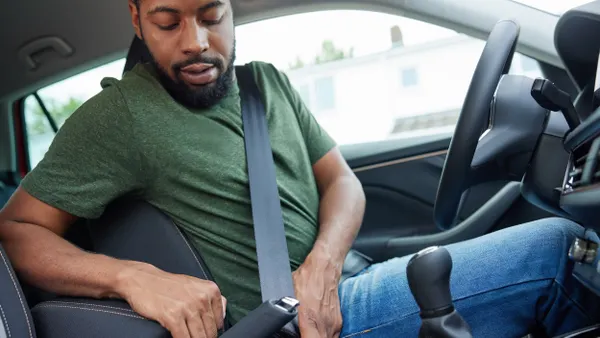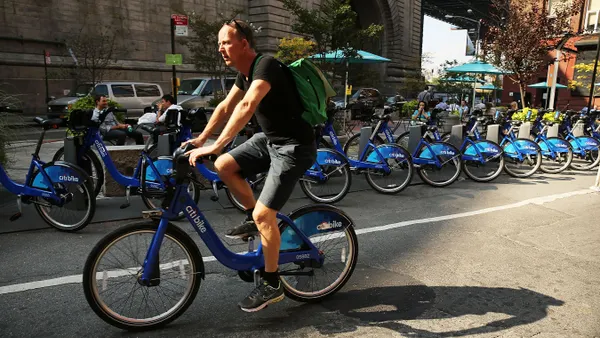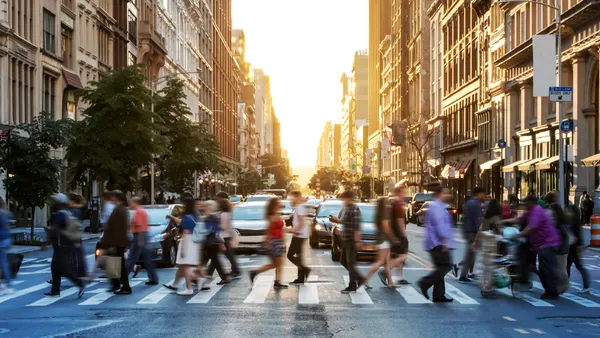Dive Brief:
- Bosch is introducing a service that will send information on weather and road conditions to autonomous vehicles (AVs), meant to help them avoid unsafe roads.
- The service will be rolled out in 2020 and will use hyperlocal weather forecasts generated by the Finnish company Foreca delivered to cars through the cloud. Eventually, the company will incorporate shared data from other AVs, including outside temperature, activations of anti-skid systems and whether windshield wipers are in use.
- "Wet roads, snow, ice — with our predictive road-condition services, we alert to hazards before critical situations can develop," Bosch management board member Dirk Hoheisel told CNET. "This means an automated vehicle will know exactly where it can drive autonomously, and how."
Dive Insight:
According to the Federal Highway Administration (FHA), 22% of vehicle crashes are due to weather conditions, resulting in an average of 6,000 deaths a year. And for as much promise as self-driving cars hold to reduce overall crash numbers, weather remains a serious challenge, since data from GPS and visual sensors may not offer sufficient information about icy roads or coming weather. Self-driving cars rely on LiDAR sensors that use infrared lasers to pick up visual information, which can be glitchy if the lasers reflect off rain or water.
Companies have tried to stress test AVs in adverse conditions. In a project that started in 2016, scientists from the University of Michigan equipped Ford vehicles with high-resolution 3D mapping technology that can help detect deteriorating conditions. Last year, Waymo announced that they would send their test vehicles to Michigan — CEO John Krafcik wrote in a Medium post the move was meant to "assess the way our sensors perform in wet, cold conditions" and would test programed skills like "skidding on icy, unplowed roads."
The Bosch technology, especially once it integrates data from other vehicles, offers another solution. Using multiple hyperlocal weather forecasts will help create a good sense of conditions, but drawing on how other cars on the road are stopping, skidding and steering will do even more to communicate how other cars should drive through similar routes, or avoid unsafe areas altogether.









